Silicon skyscraper: MAKE’s Atlas Building to be highest in London’s Tech City
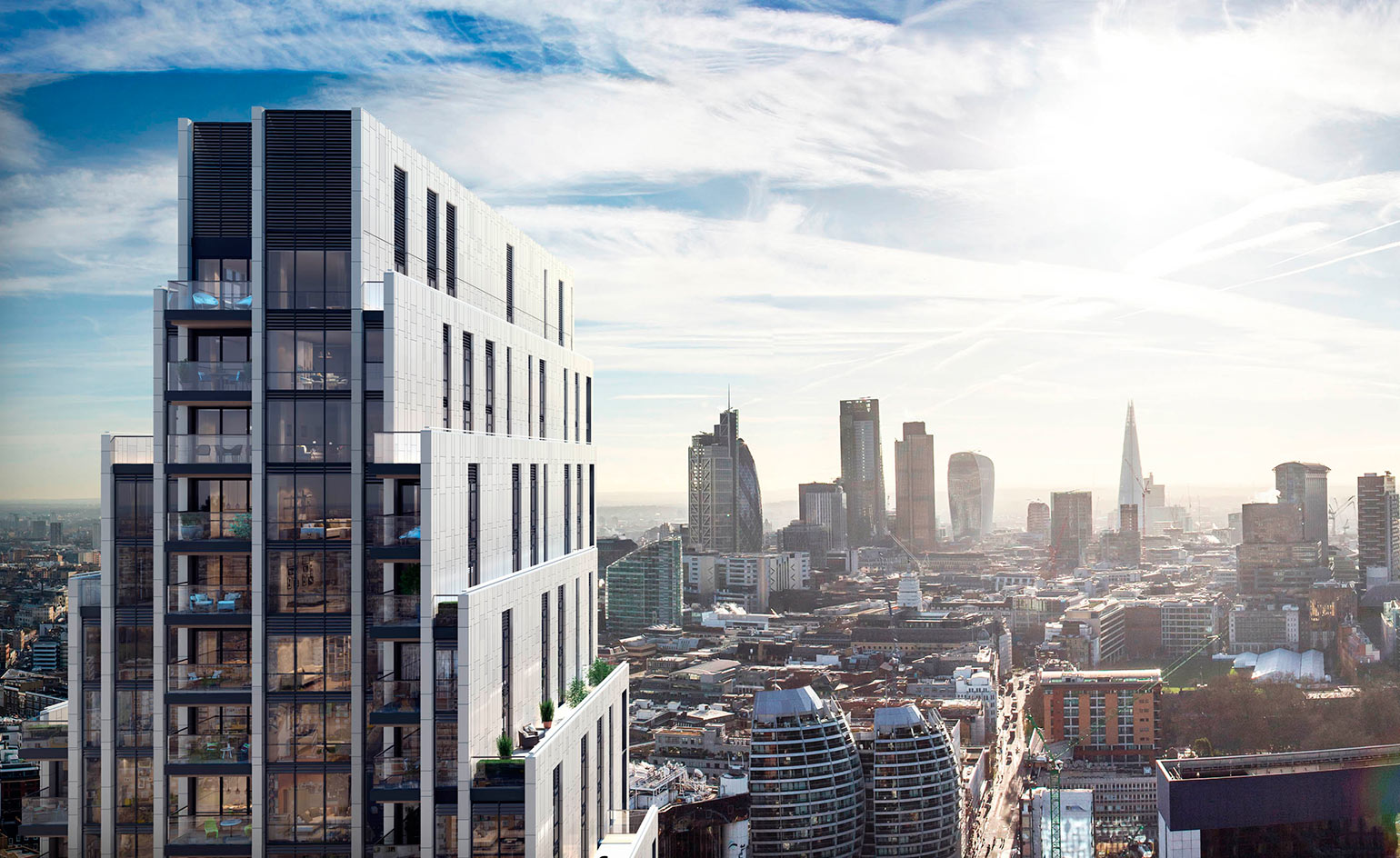
Due to complete at the end of 2018, MAKE Architects’ The Atlas Building will combine living with working and entertainment. Just five minutes walk from Old Street station, the design will also contribute to the regeneration of the area, incorporating a pedestrian thoroughfare to run between City road and East road.
At 152m high the building will be the tallest in the area, a flagpole for the future of London’s Silicon roundabout, which has seen astronomical architectural change and economic growth over the past two decades.
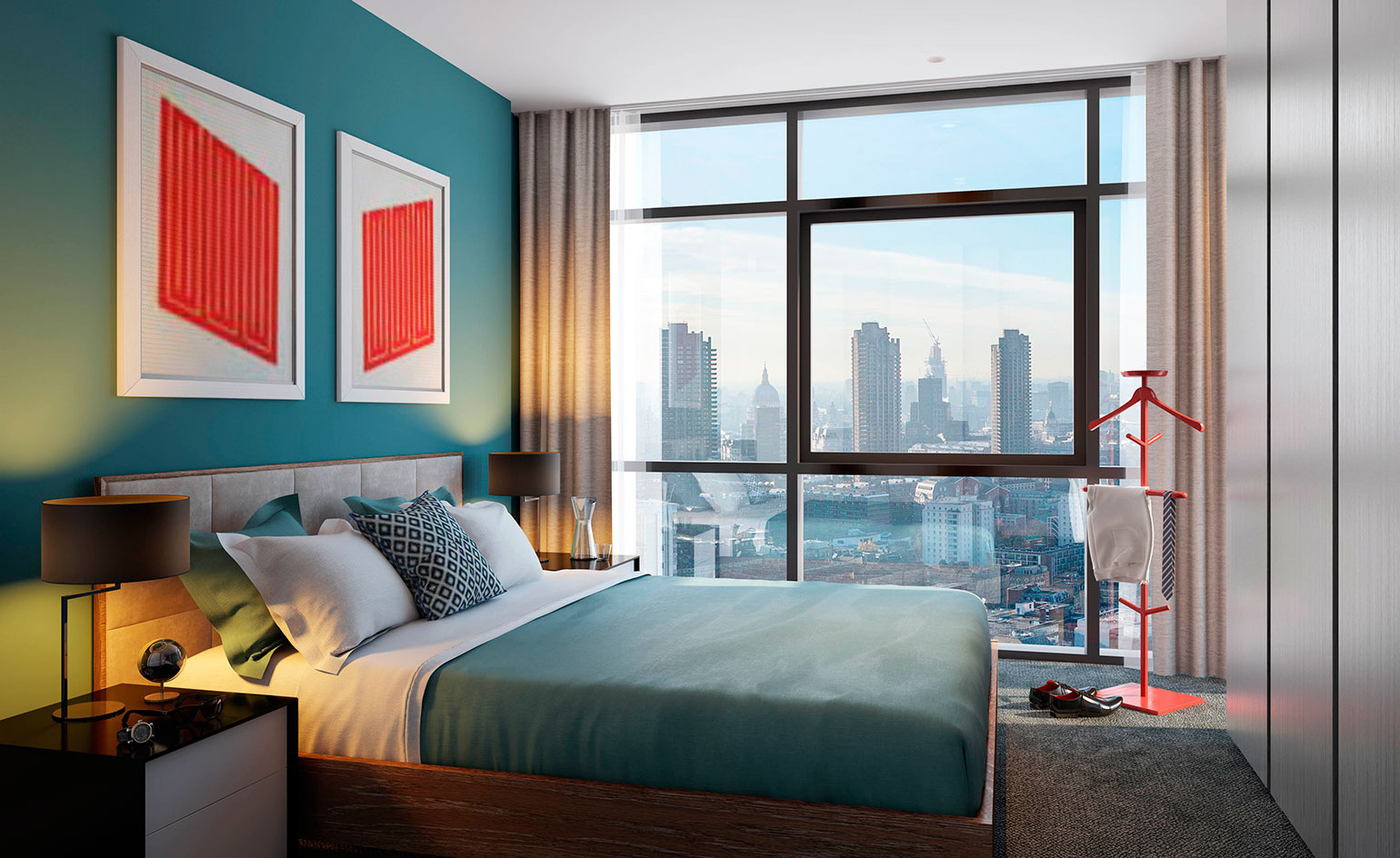
The residences on offer include studios, one to three bedroom apartments and penthouses.
It is certainly a sleek addition to the skyline, almost discreet in its neat stack of 12 concrete-framed sheaths clad in anodised aluminium, which shoot upwards in a staggered formation. While currently it stands alone, looking across to The City in the south, it won’t be long before it welcomes neighbours.
The 40 storeys of The Atlas Building will house 302 apartments including studios, one to three bedroom apartments and penthouses; the latter will each have a balcony or terrace with double aspect outlook across London. Built for a convenient modern existence, design and delivery has been undertaken by Woods Bagot and Scott Brownrigg. The building's amenities include a gym, spa and swimming pool as well as a screening room, lounge and a children’s play area – residents of the Atlas may never leave.
Ten storeys of offices will accompany the Atlas in a separate building, designed as a lower, more solid blade a stone's throw from the skyscraper. This allowed MAKE to join the two structures with a public piazza, dedicating 35 per cent of the site footprint to a new, open public space by the vibrant Shoreditch area.
MAKE anticipates the future of residential life in Tech City with this self-sufficient building, which was conceived not just for sleeping, but for working, relaxing, socialising and everything in between – the Atlas is your oyster.
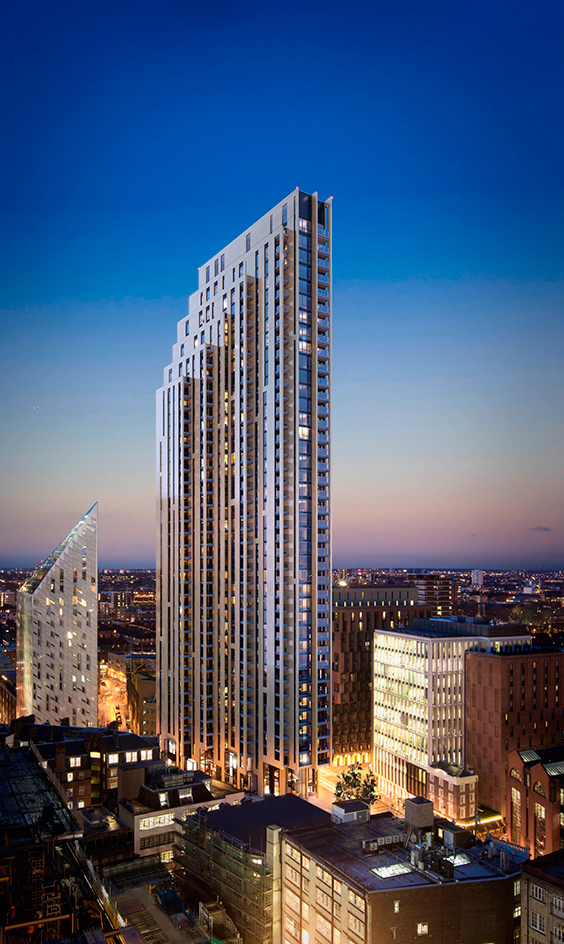
Twelve sheaths clad in anodised aluminium shoot up in a neatly staggered design, which opens up space for terraces for the upper apartments
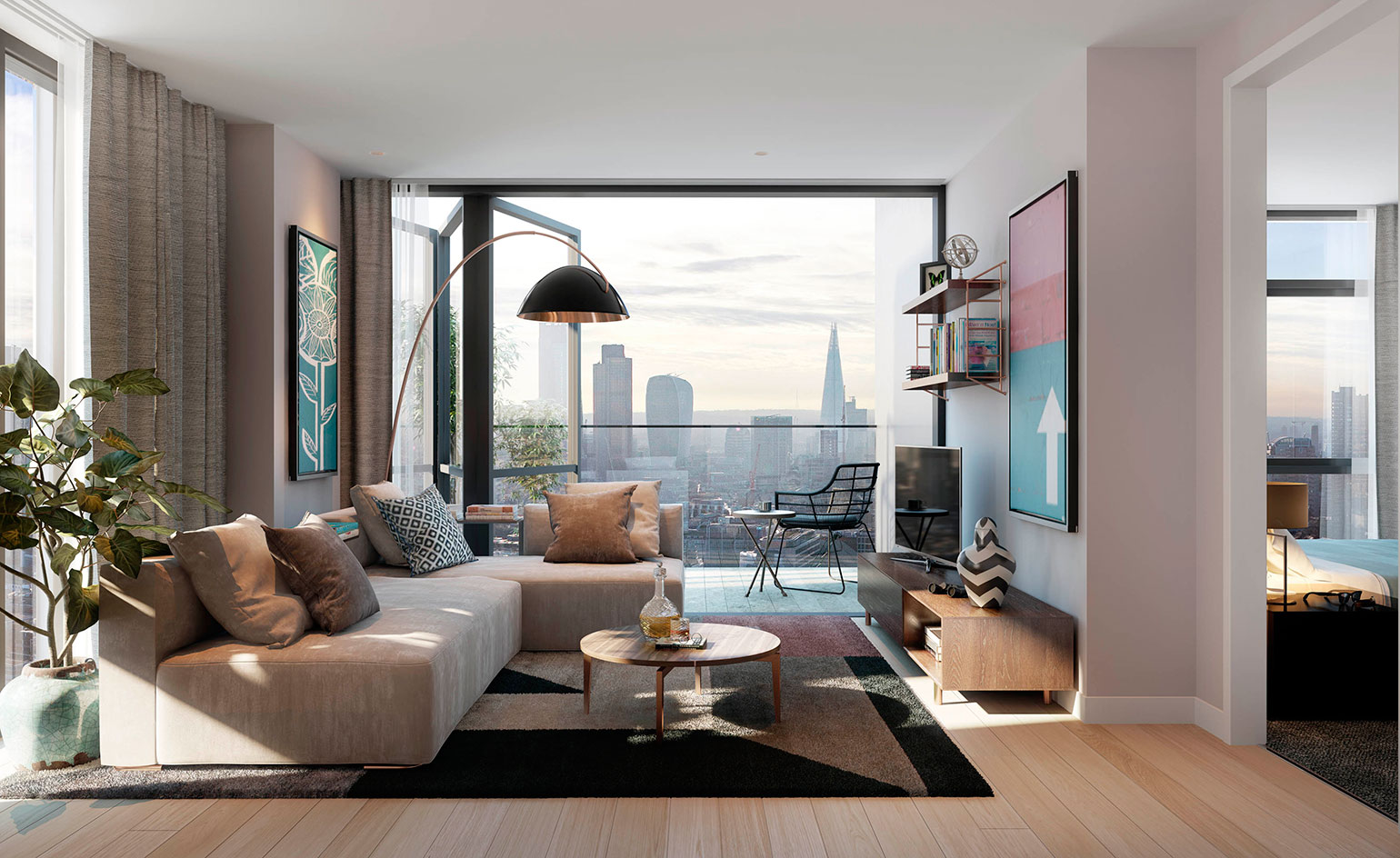
The interiors were designed by Woods Bagot. The architects used practical, high quality materials and finishes.
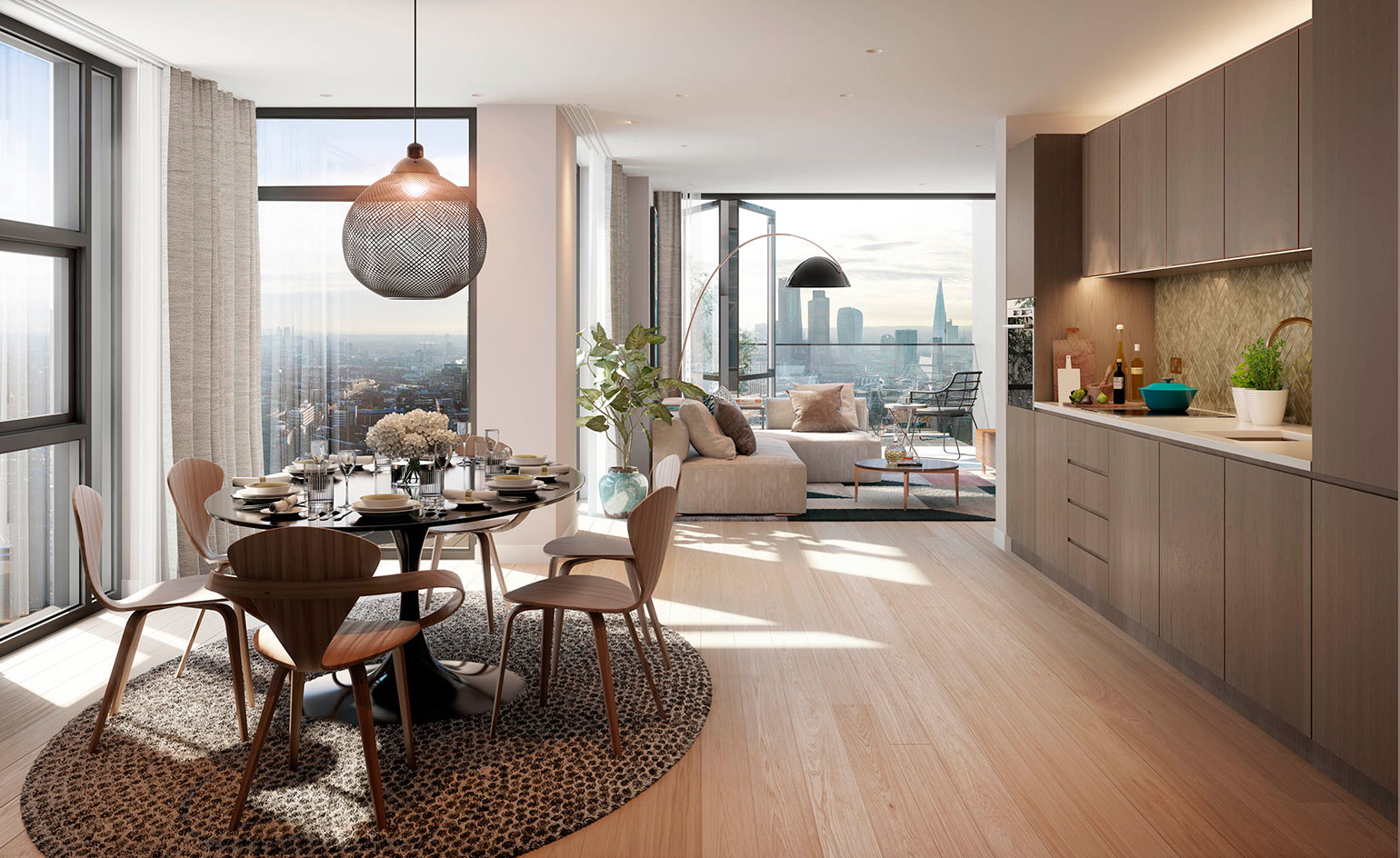
Kitchens are fully fitted with Siemens appliances and robust materials, such as composite stone worktops and ceramic tiles.
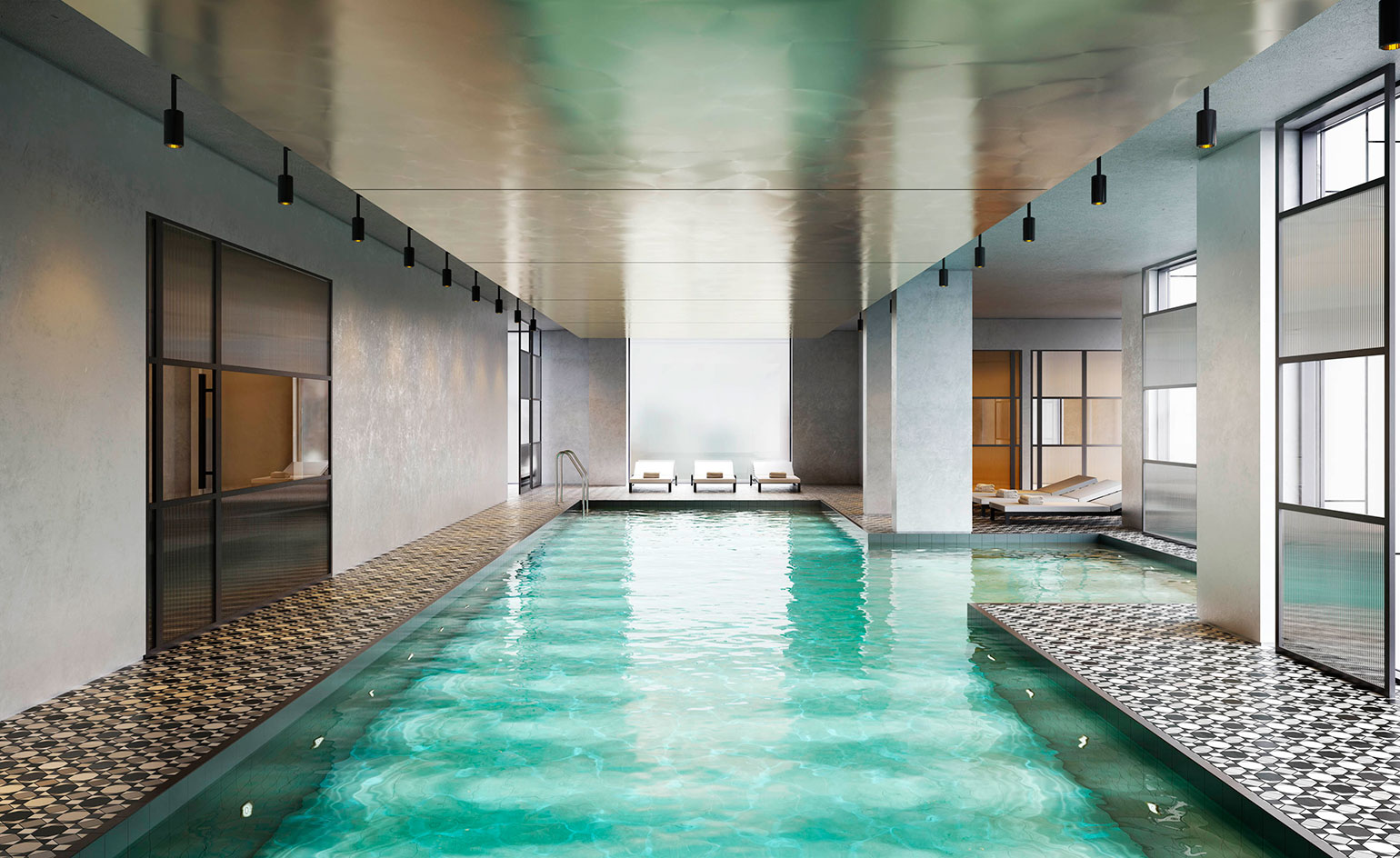
The swimming pool is just one of the many amenities available to The Atlas Building's residents
INFORMATION
For more information, visit the MAKE Architects website
Receive our daily digest of inspiration, escapism and design stories from around the world direct to your inbox.
Harriet Thorpe is a writer, journalist and editor covering architecture, design and culture, with particular interest in sustainability, 20th-century architecture and community. After studying History of Art at the School of Oriental and African Studies (SOAS) and Journalism at City University in London, she developed her interest in architecture working at Wallpaper* magazine and today contributes to Wallpaper*, The World of Interiors and Icon magazine, amongst other titles. She is author of The Sustainable City (2022, Hoxton Mini Press), a book about sustainable architecture in London, and the Modern Cambridge Map (2023, Blue Crow Media), a map of 20th-century architecture in Cambridge, the city where she grew up.
-
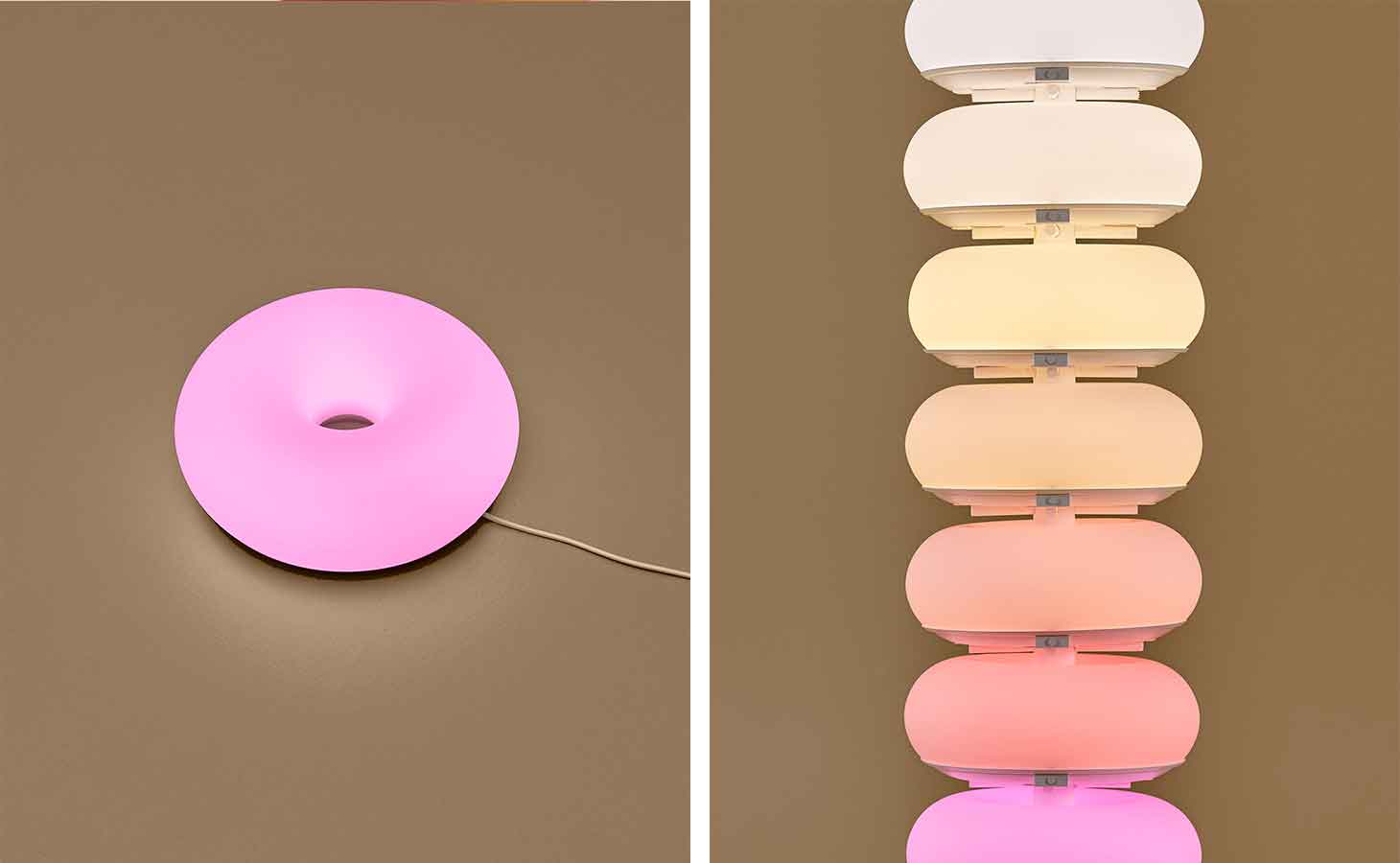 Sabine Marcelis has revisited her Ikea lamp and it’s a colourful marvel
Sabine Marcelis has revisited her Ikea lamp and it’s a colourful marvelSabine Marcelis’ ‘Varmblixt’ lamp for Ikea returns in a new colourful, high-tech guise
-
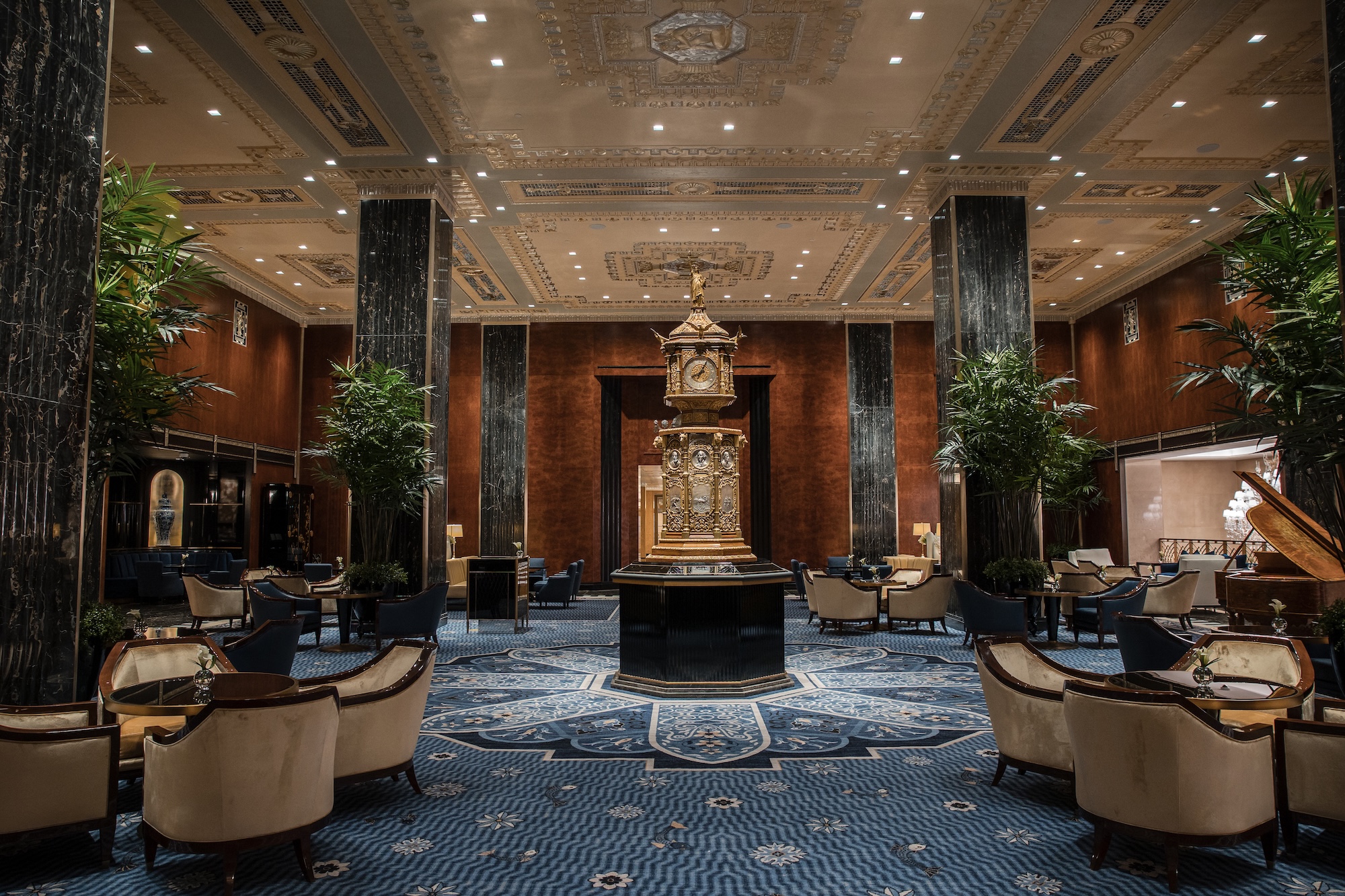 Is the Waldorf Astoria New York the ‘greatest of them all’? Here’s our review
Is the Waldorf Astoria New York the ‘greatest of them all’? Here’s our reviewAfter a multi-billion-dollar overhaul, New York’s legendary grand dame is back in business
-
 Colleen Allen’s poetic womenswear is made for the modern-day witch
Colleen Allen’s poetic womenswear is made for the modern-day witchAllen is one of New York’s brightest young fashion stars. As part of Wallpaper’s Uprising column, Orla Brennan meets the American designer to talk femininity, witchcraft and the transformative experience of dressing up
-
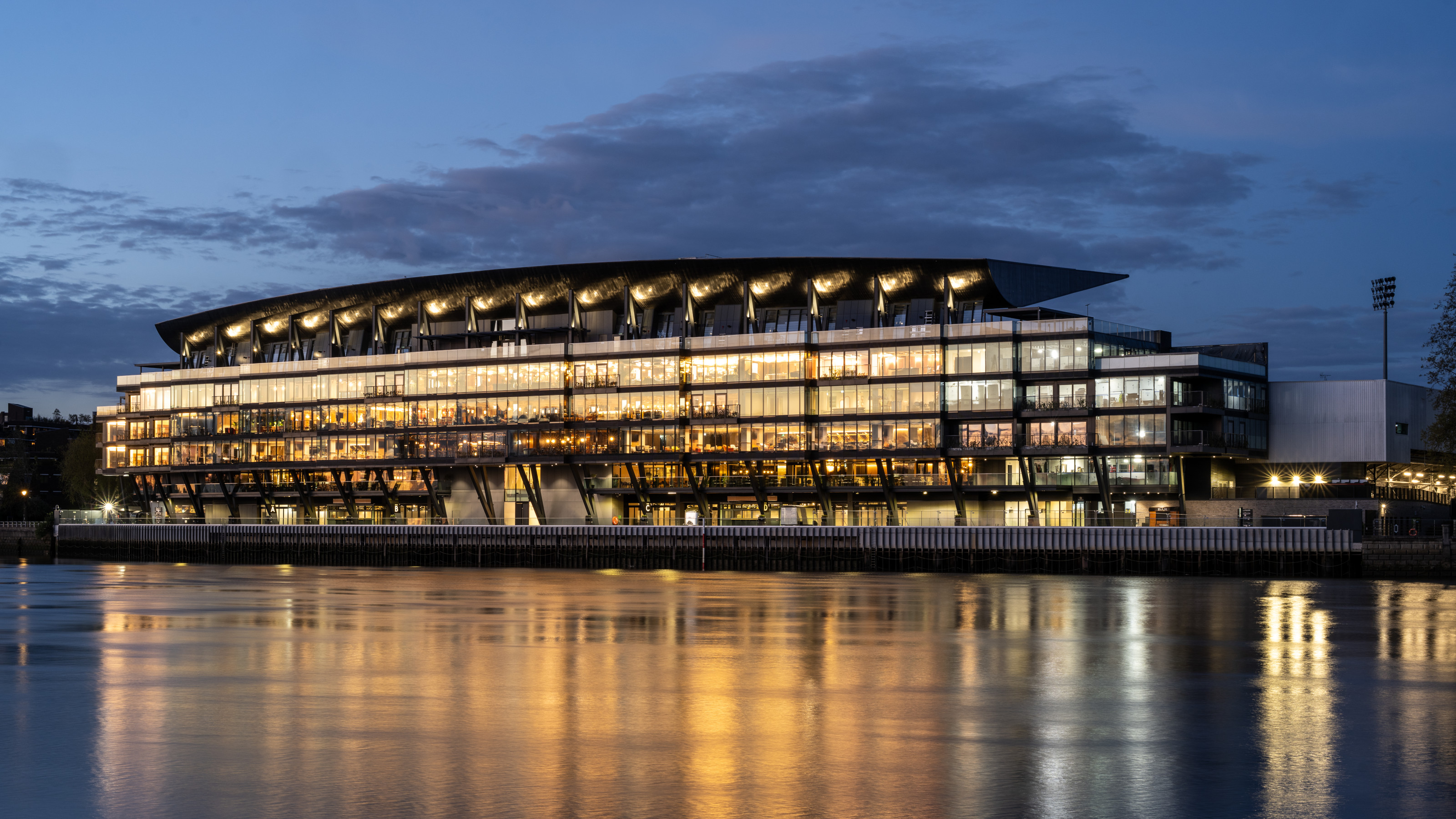 Fulham FC’s new Riverside Stand by Populous reshapes the match-day experience and beyond
Fulham FC’s new Riverside Stand by Populous reshapes the match-day experience and beyondPopulous has transformed Fulham FC’s image with a glamorous new stand, part of its mission to create the next generation of entertainment architecture, from London to Rome and Riyadh
-
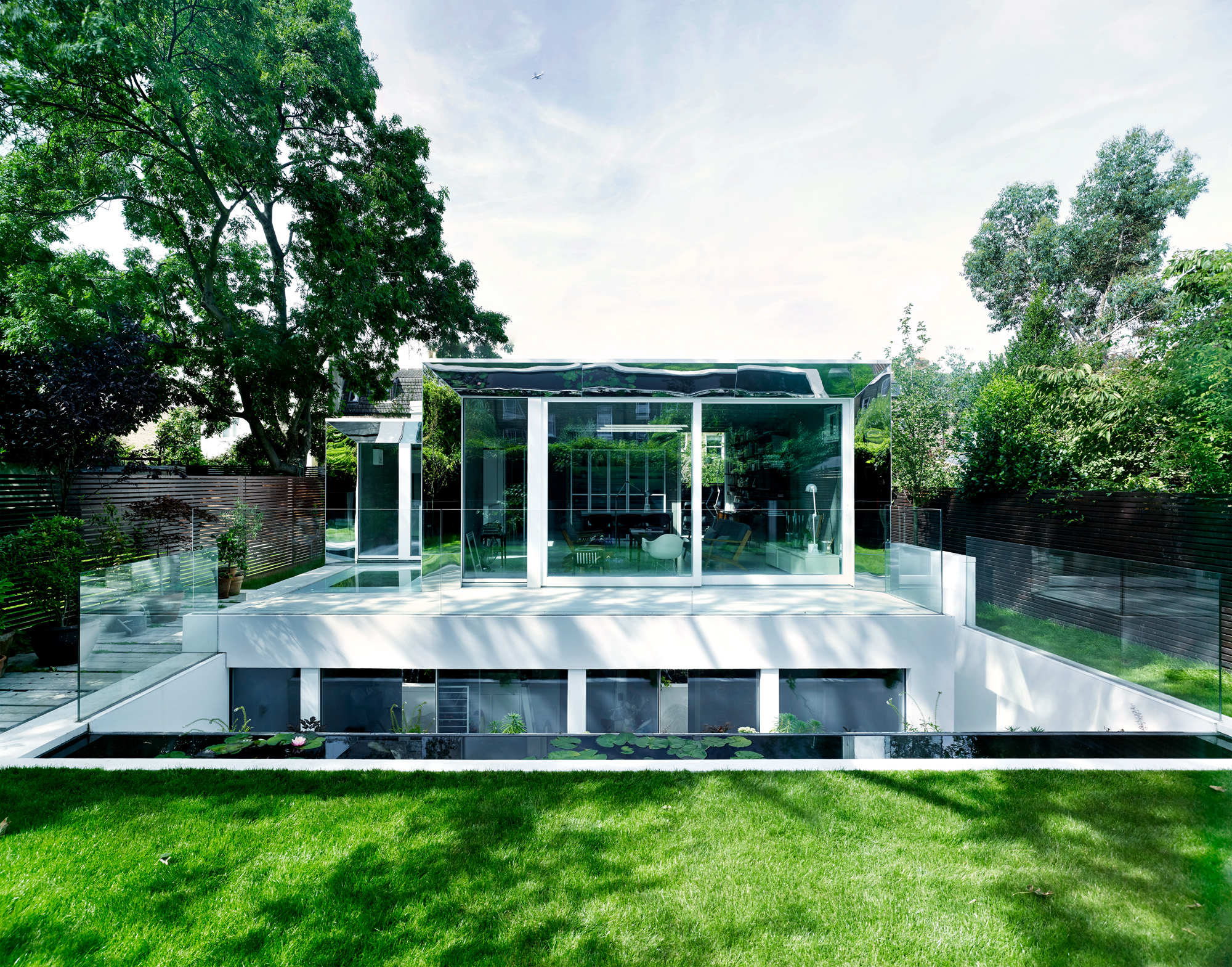 This modern Clapham house is nestled indulgently in its garden
This modern Clapham house is nestled indulgently in its gardenA Clapham house keeps a low profile in south London, at once merging with its environment and making a bold, modern statement; we revisit a story from the Wallpaper* archives
-
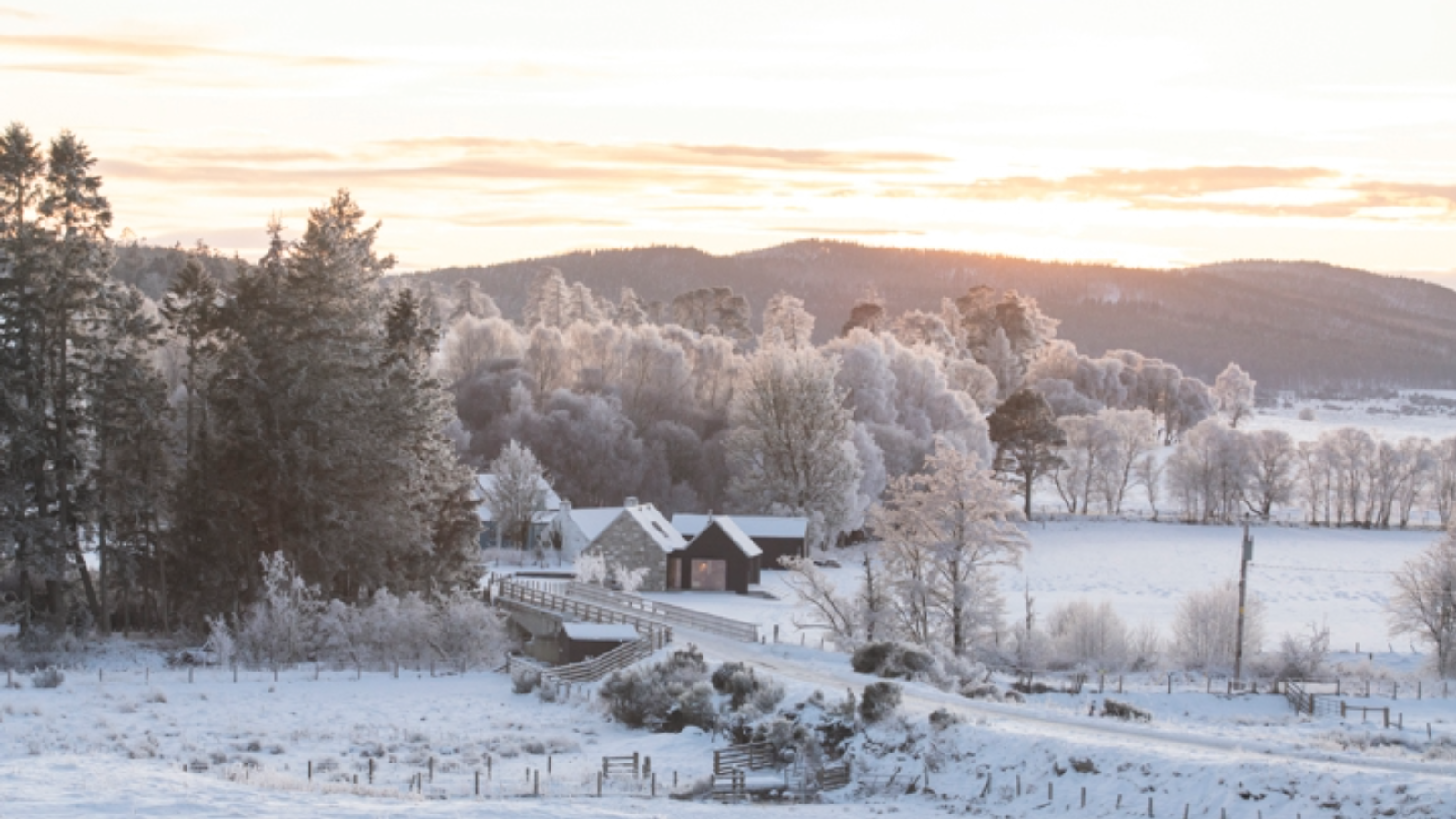 Step inside this perfectly pitched stone cottage in the Scottish Highlands
Step inside this perfectly pitched stone cottage in the Scottish HighlandsA stone cottage transformed by award-winning Glasgow-based practice Loader Monteith reimagines an old dwelling near Inverness into a cosy contemporary home
-
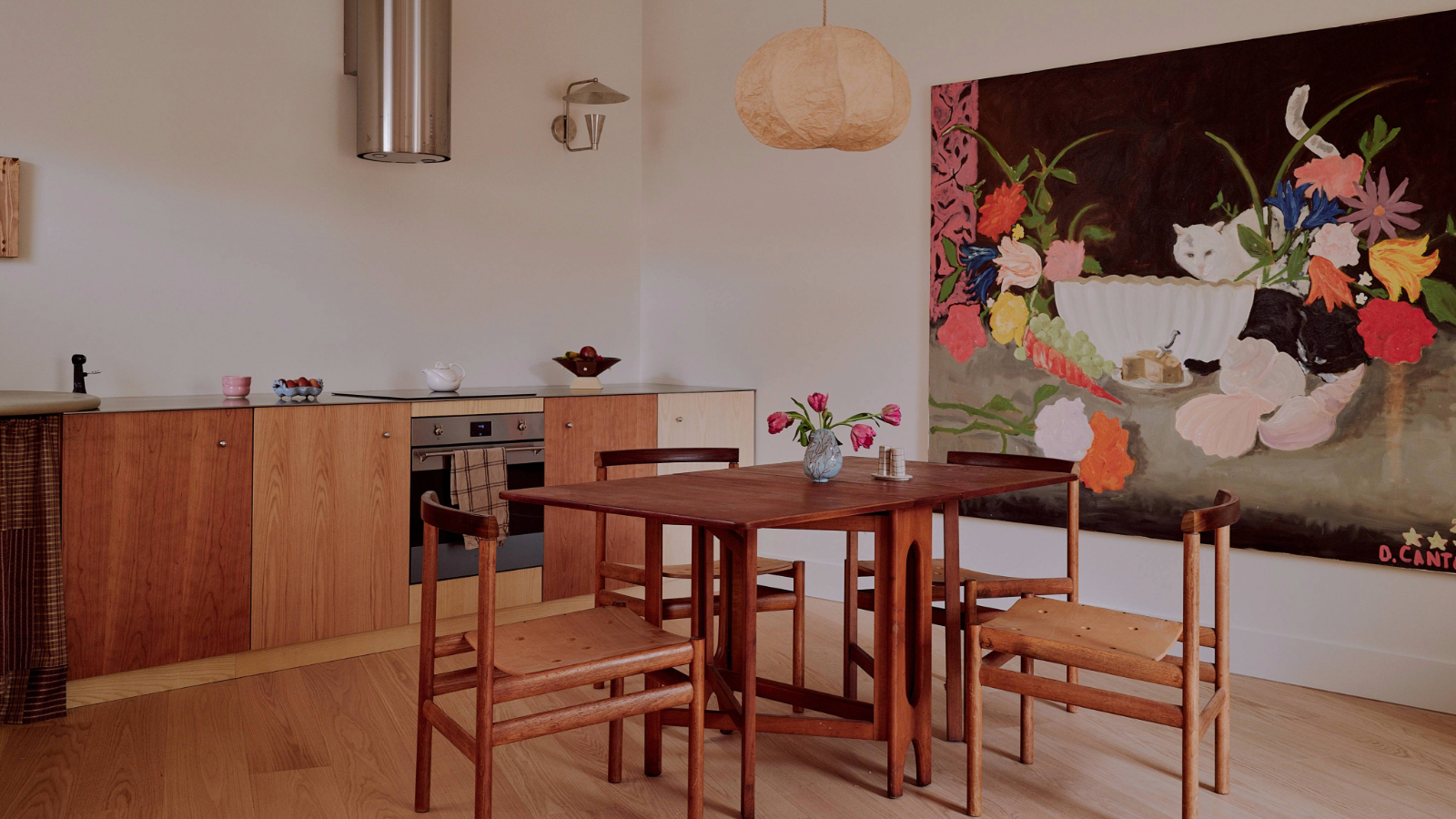 This curved brick home by Flawk blends quiet sophistication and playful details
This curved brick home by Flawk blends quiet sophistication and playful detailsDistilling developer Flawk’s belief that architecture can be joyful, precise and human, Runda brings a curving, sculptural form to a quiet corner of north London
-
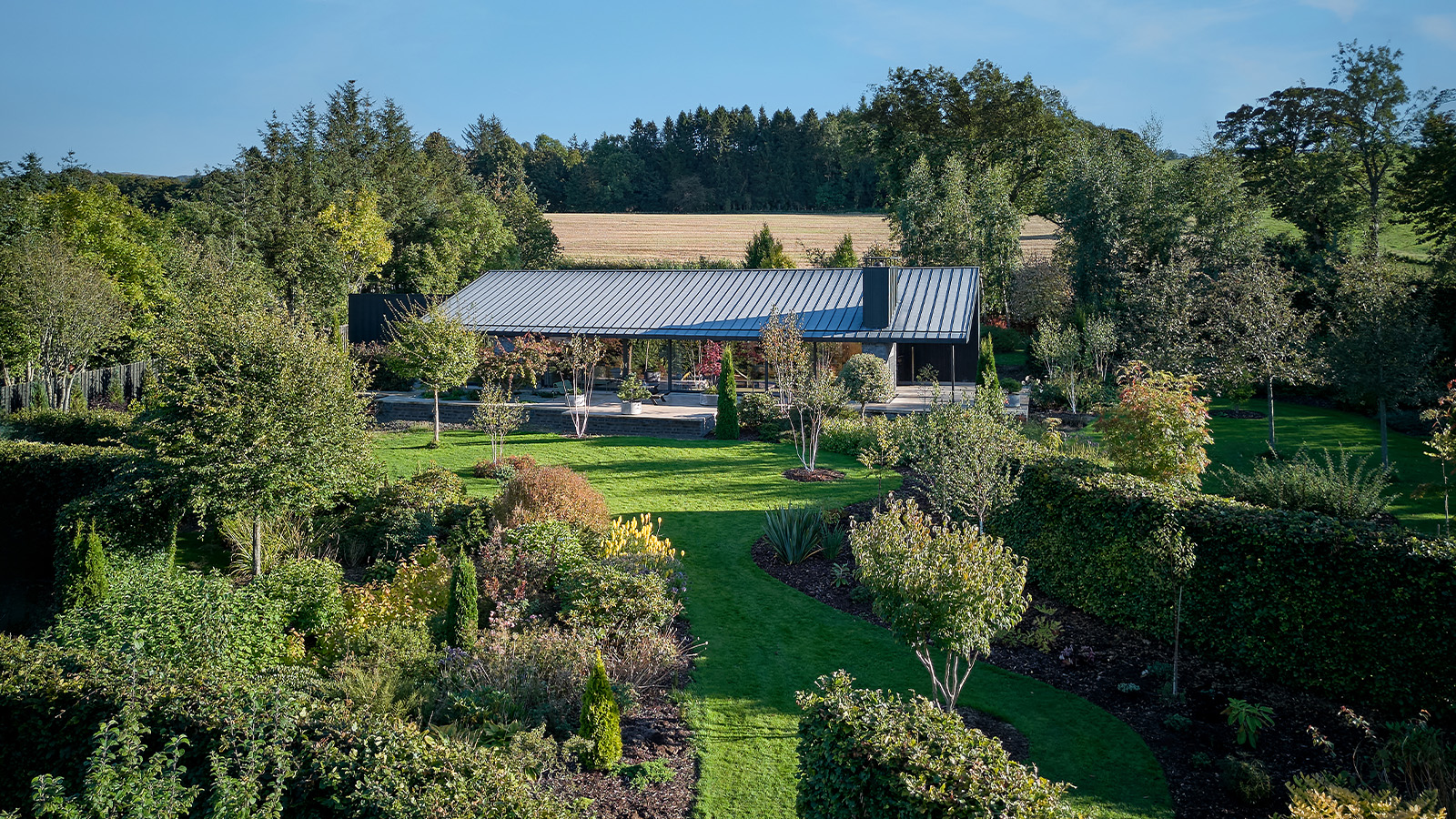 A compact Scottish home is a 'sunny place,' nestled into its thriving orchard setting
A compact Scottish home is a 'sunny place,' nestled into its thriving orchard settingGrianan (Gaelic for 'sunny place') is a single-storey Scottish home by Cameron Webster Architects set in rural Stirlingshire
-
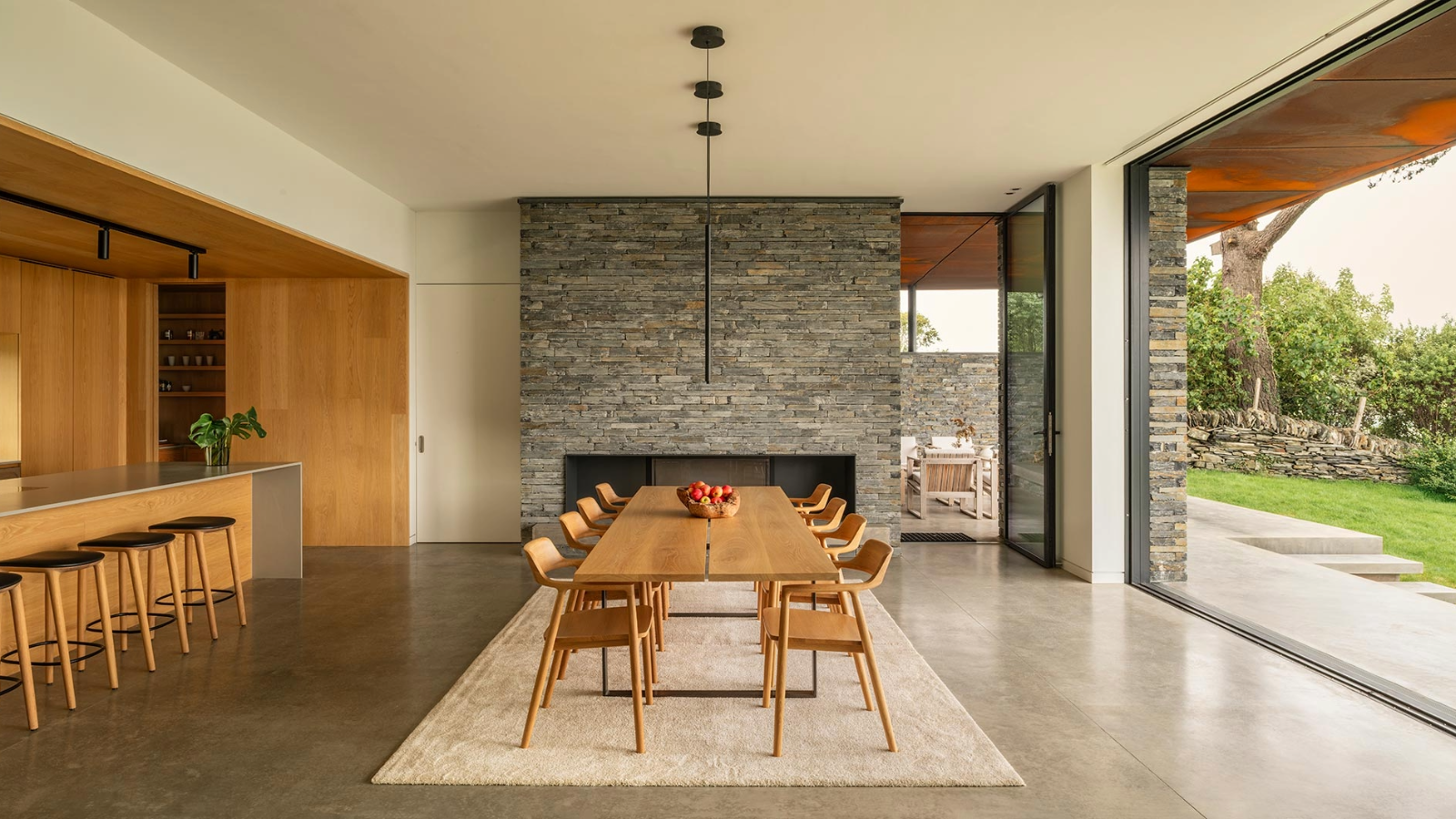 Porthmadog House mines the rich seam of Wales’ industrial past at the Dwyryd estuary
Porthmadog House mines the rich seam of Wales’ industrial past at the Dwyryd estuaryStröm Architects’ Porthmadog House, a slate and Corten steel seaside retreat in north Wales, reinterprets the area’s mining and ironworking heritage
-
 Arbour House is a north London home that lies low but punches high
Arbour House is a north London home that lies low but punches highArbour House by Andrei Saltykov is a low-lying Crouch End home with a striking roof structure that sets it apart
-
 A former agricultural building is transformed into a minimal rural home by Bindloss Dawes
A former agricultural building is transformed into a minimal rural home by Bindloss DawesZero-carbon design meets adaptive re-use in the Tractor Shed, a stripped-back house in a country village by Somerset architects Bindloss Dawes